Cars are a fixture in American cities. As of 2016, nearly 83% of Minneapolis households own one. Entire cities have been built specifically to accommodate them, and Minneapolis and St. Paul are no exception. Roads cut through the University of Minnesota campus, begetting buses, bikes and cars. They should all be paved over.
Most of us get around campus primarily outside of cars. We walk, bike or scoot from building to building. Getting around via car would be impractical given how few roads there are.
The roads here remain against the odds — Church Street Southeast used to be longer — but they still harbor cars cutting through a pedestrian hub. Cars and pedestrians are not compatible, and their presence on campus gives way to potential injury or death. Not to mention, curbs make the landscape harder to navigate. Getting rid of roads would encourage a reshaping of the community, reduce danger and could potentially increase accessibility.
“I would say that definitely some parts of the campus [are walkable] and not all parts,” said Yingling Fan, a professor in the urban and regional planning area in the Humphrey School at the University. “For example, East Bank is more walkable than West Bank.”
While certain parts of campus are walkable, it has all largely been designed to shuffle people along from place to place. Narrow walkways and limited street furniture lend an automatic rhythm to the network of pedestrian paths.
“I think placemaking outside in the common space we have between those buildings has become even more important,” Fan said. “I think how we create amenities in those public areas has become even more important.”
By reimagining the roads, we have the opportunity to reintegrate public spaces, creating distinctive areas throughout the campus. This would contribute to a more cohesive, community-centered experience, especially vital after the prolonged isolation during the pandemic.
“I would actually like to see that the space is not only walkable, to ensure efficient pedestrian movement, but also available for people to pause, take a rest, do some people-watching,” Fan said. “Creating a high-quality public space is important especially now since high-quality public spaces have been diminishing.”
Beyond a greater sense of community, eliminating traffic through campus would improve campus safety. Thousands upon thousands of students walk across campus every day, and cars pose a huge risk to pedestrians and cyclists. The risk compounds as vehicles continue to increase in size — pedestrian and cyclist deaths increased by 60% between 2011 and 2022.
With so many students crossing roads, often skirting rules to get to class, it is a wonder tragic accidents don’t happen every day. Keeping roads away from pedestrian hubs is a surefire way to increase safety.
With friendlier roads, more people will be compelled to navigate them on foot, which would benefit everyone. Walking is an incredibly healthful activity: it can help manage weight, decrease the risk of cardiovascular disease, strengthen bones and muscles, and more.
Students might balk at this proposal over its implications for public transportation on campus. However, the system wouldn’t need to be revamped to achieve these goals.
“The University has invested a lot in public transportation options,” Fan said. “The campus shuttle is one of many amenities when it comes to public transportation. More recently, I think the U Card can access all public transportation for free.”
There are already several bus-only roads through campus, like Washington Avenue. Not only does Washington feel markedly safer than other streets on campus, but it also incorporates a sustainable median with landscaping, paths and seating areas.
With the benefit of streamlining public transportation, revamping our roads could improve accessibility on campus as well. Communities that cater to cars are hostile to people with disabilities. Not only are cars simply inaccessible to many people with disabilities, but people with disabilities make up a disproportionate amount of pedestrian deaths.
With a priority on public transportation, the University would make the campus more accessible to everyone, including those with mobility challenges, while also fostering a greater sense of inclusivity. Improved access means people with disabilities can traverse the area, attend class, access facilities and participate in activities with fewer unnecessary barriers.
For even greater access, smoothing out curbs and bumps on roads would literally level the playing field. Roads and curbs create physical blockages particularly cumbersome to people with mobility problems. By reshaping them, mobility would become easier for everyone, creating a more cohesive and integrated community.
To those who rely on cars for transportation, this proposal might raise some concerns. The cost and scope of these projects may also seem daunting. However, the investment would be valuable and the benefits would be broad, even applying to drivers.
It might sound like a huge misstep to redirect traffic around campus. However, with a robust public transportation system and more bike lanes, traffic would actually be more likely to decrease. In addition, bike lanes make traffic safer overall for bikers and drivers.
While the initial cost of this project could be substantial, it is crucial to begin with the end in mind. The benefits of changing roads would greatly outweigh the cost with time. A reduction in traffic-related accidents and their associated costs, greater access for everyone, and a more interpersonal primary mode of transportation would ultimately yield a positive return on investment.
In envisioning a campus without car-centric roads, we embrace a future of sustainable mobility, prioritizing pedestrians and bikers and efficient public transportation. Shifting the car paradigm would reflect the University’s commitment to its students by building a campus for its people rather than their vehicles. It’s more than change. It’s an investment in a better quality of life and a responsible, safe and eco-conscious campus.


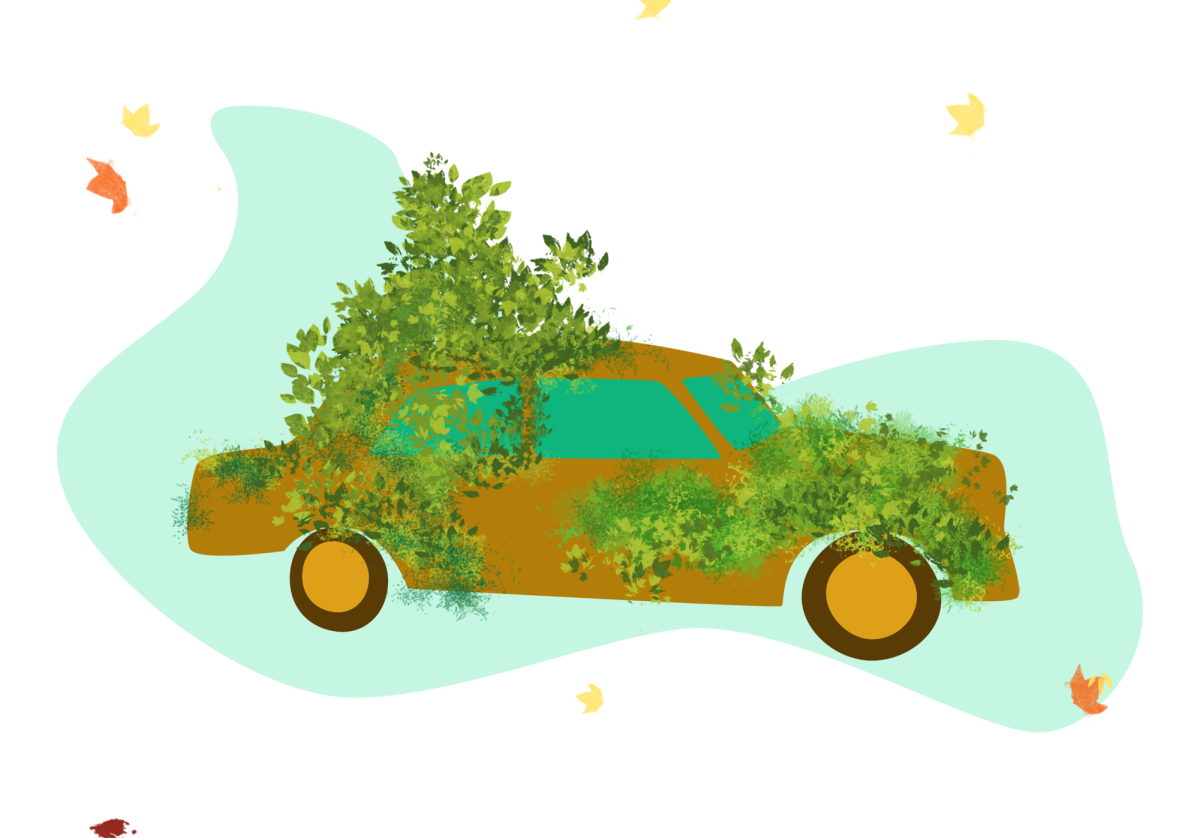
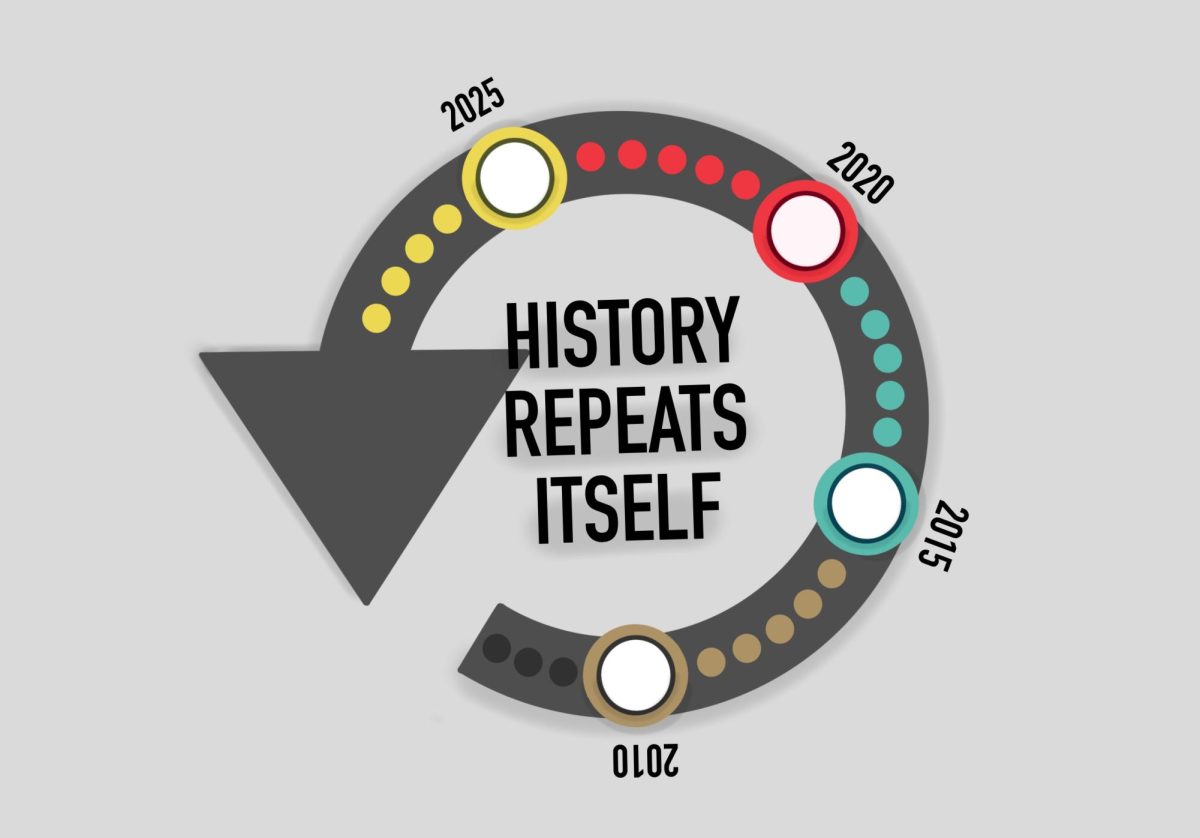
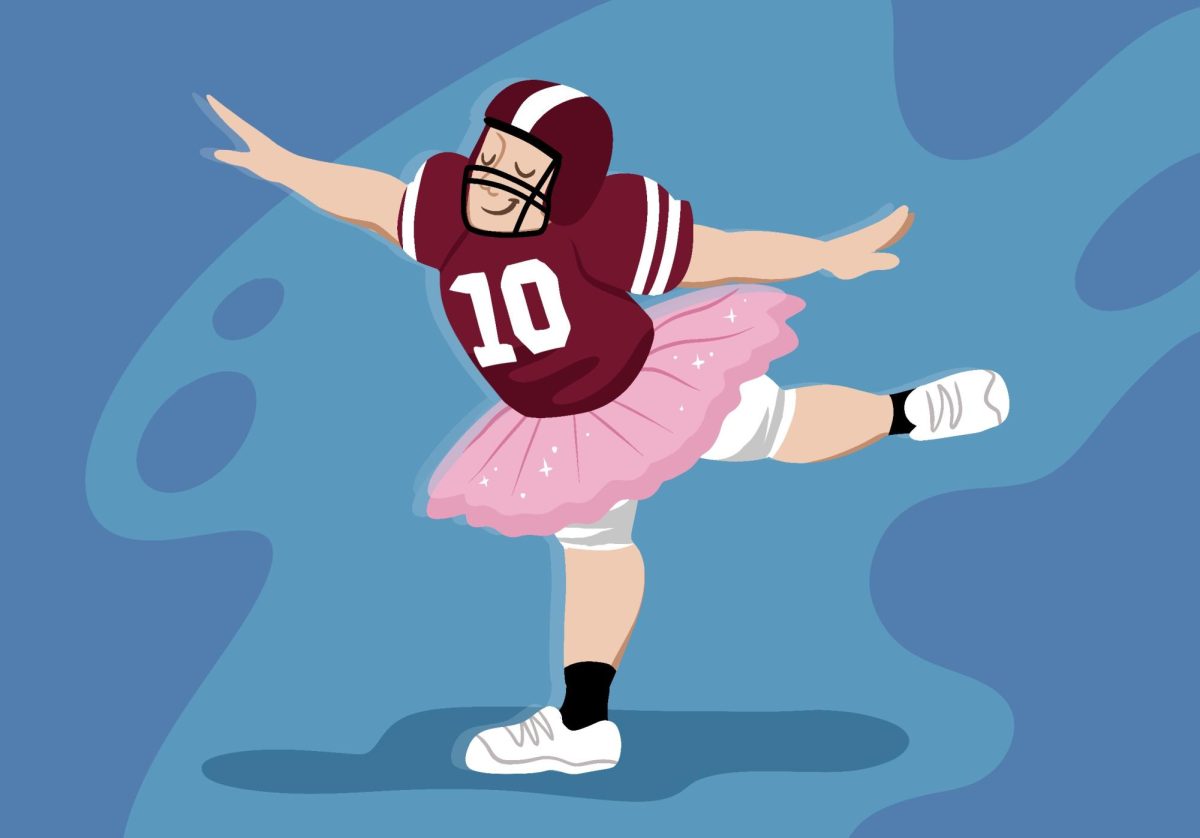
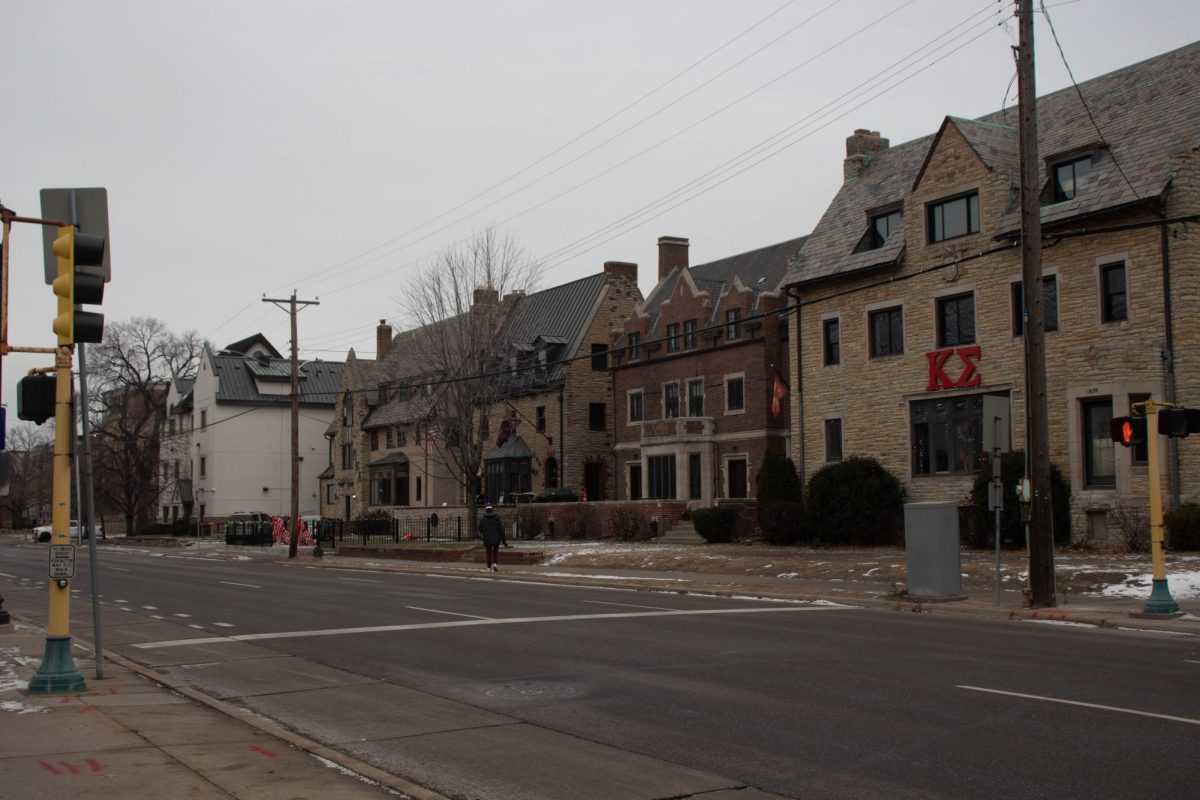
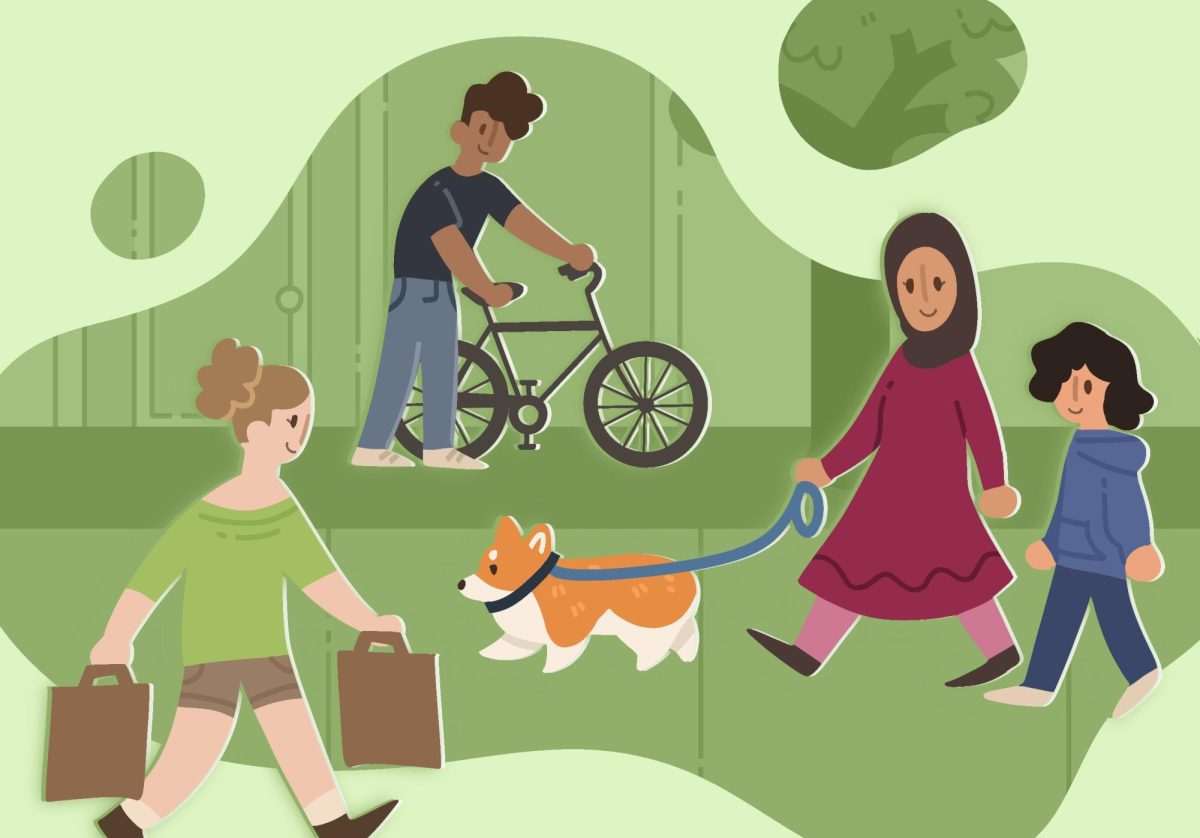

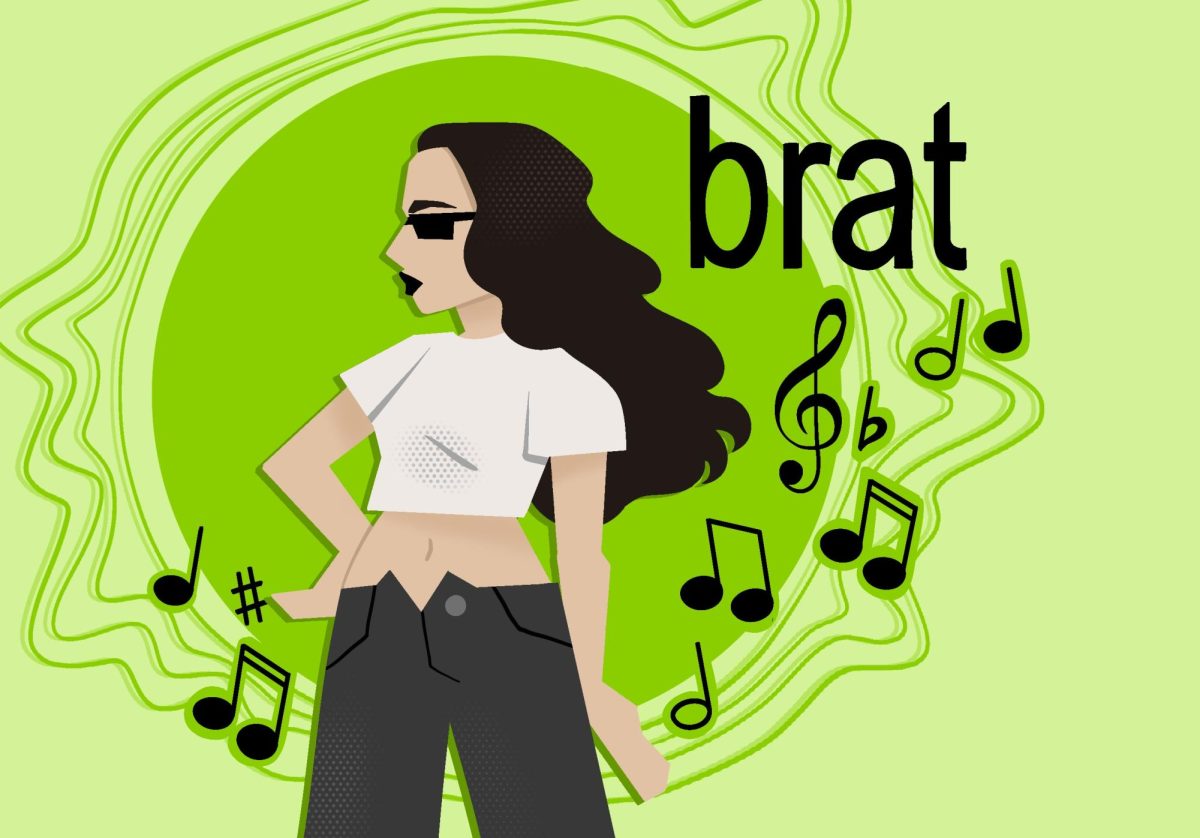




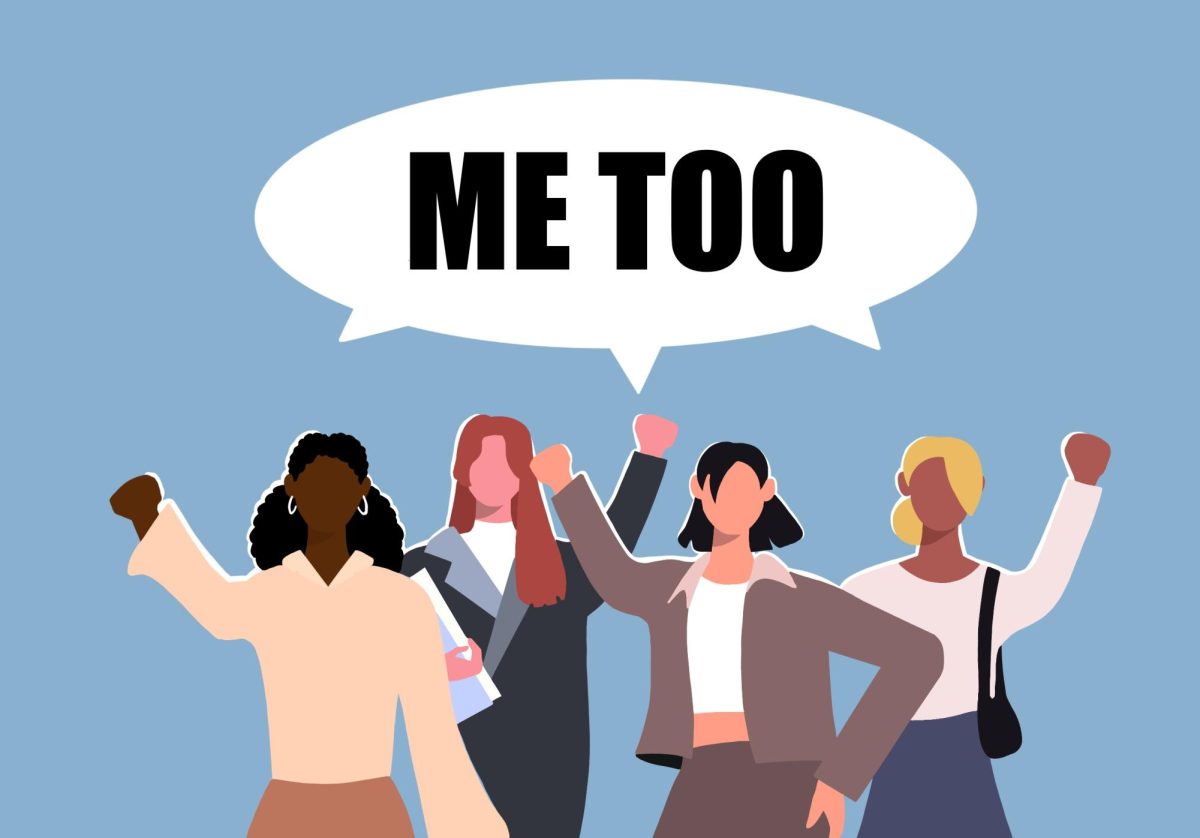

Mateo
Oct 18, 2023 at 8:21 pm
Wonderful article Gabe! Another really important consideration for traffic safety is roundabouts. Although they are growing in number across MN, they are still underutilized and are much safer than traditional four way intersections (stops or stoplights). It would be amazing if we consistently prioritized safety over speed.
Craig Gjerdingen
Oct 18, 2023 at 4:33 pm
I would love campus to have a larger core of no Car access. (given certain accessabiliy expections.) I love this, “In envisioning a campus without car-centric roads, we embrace a future of sustainable mobility, prioritizing pedestrians and bikers and efficient public transportation. Shifting the car paradigm would reflect the University’s commitment to its students by building a campus for its people rather than their vehicles.” Kind of like the city centers in Italy.
Steve Hauser
Oct 18, 2023 at 11:39 am
Very idealistic opinion. You need to keep enough roads to afford access for maintenance vehicles, and keep in mind, most teachers don’t live within walking/biking distance, so we need to accommodate those folks.
What each pedestrian and biker CAN do immediately, is to wear higher visibility clothing if they’re going to be out at night. I am VERY careful when driving home from the evening class that I teach, but folks who wear blue jeans with a navy blue hoodie are VERY hard to see at night, especially for us old folks. Please help us SEE you, and we’ll both be better off.